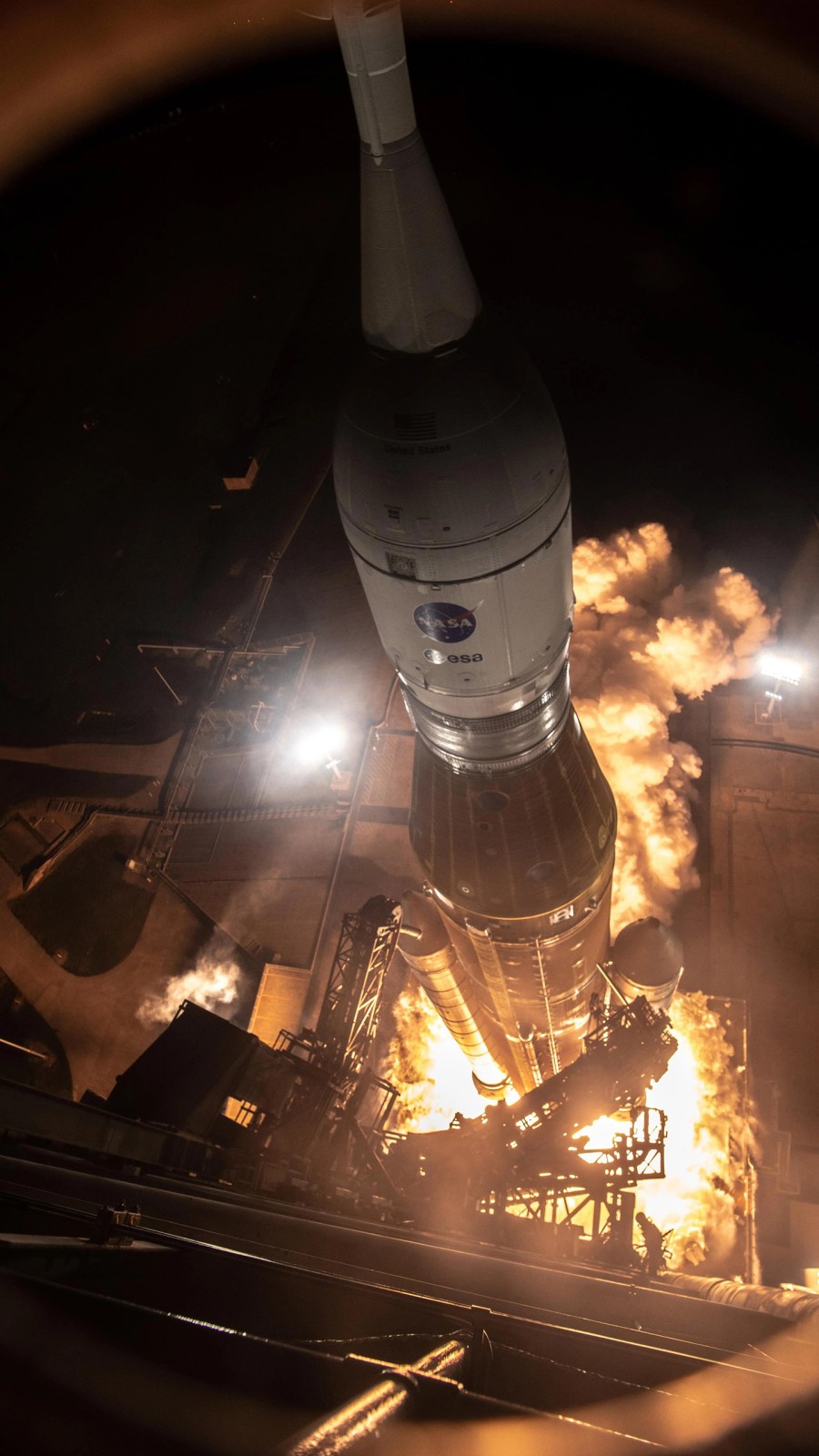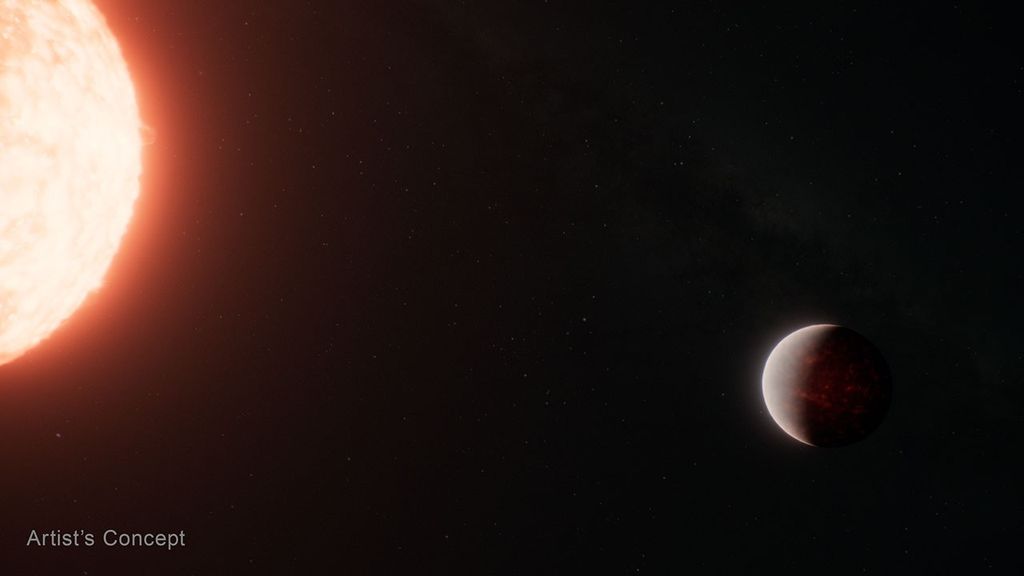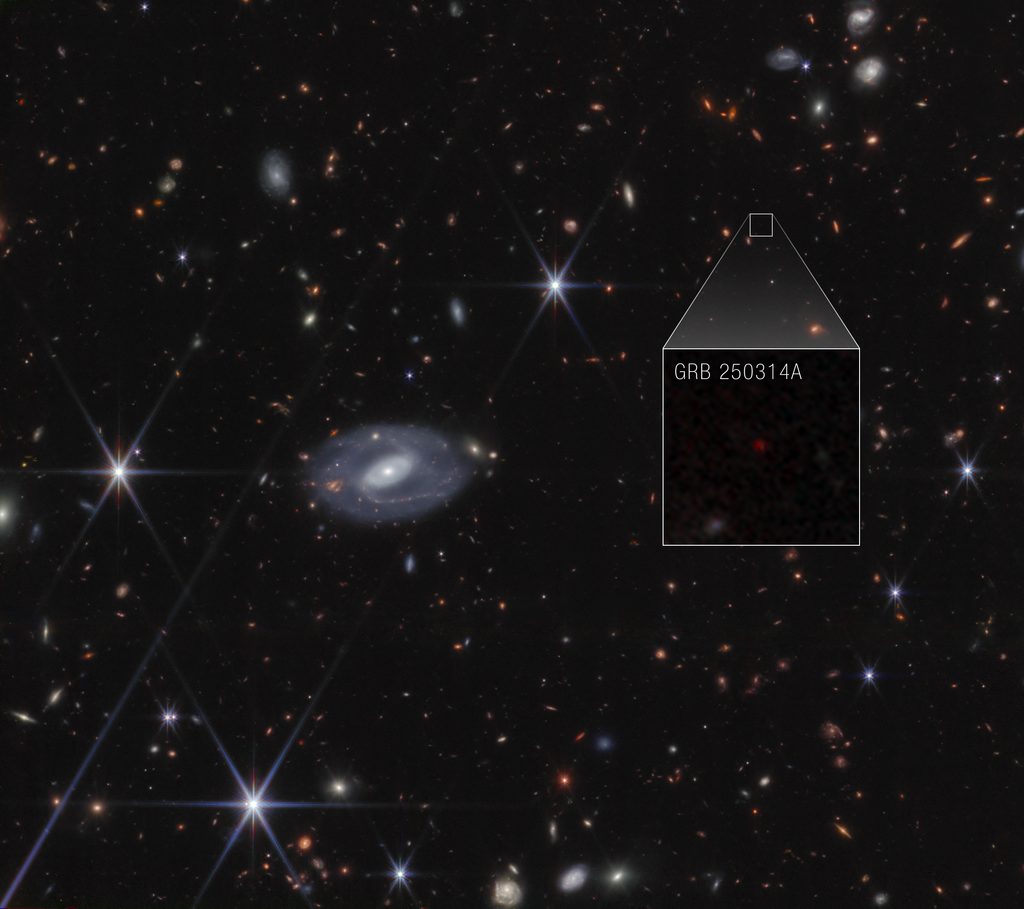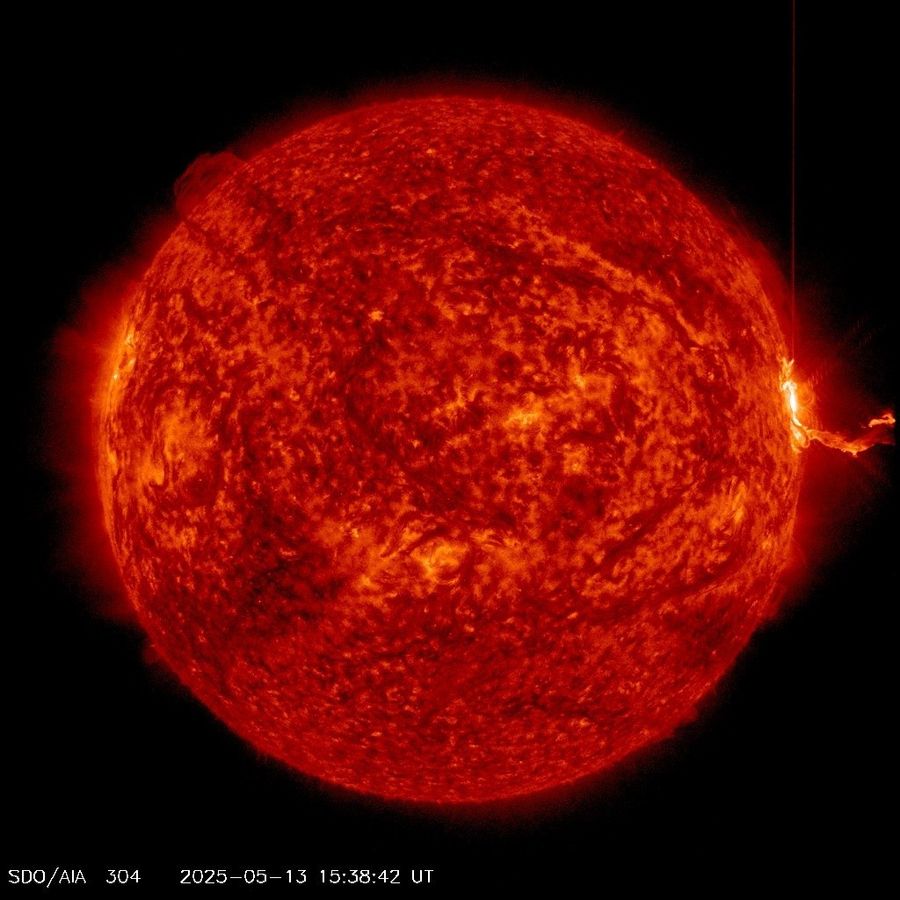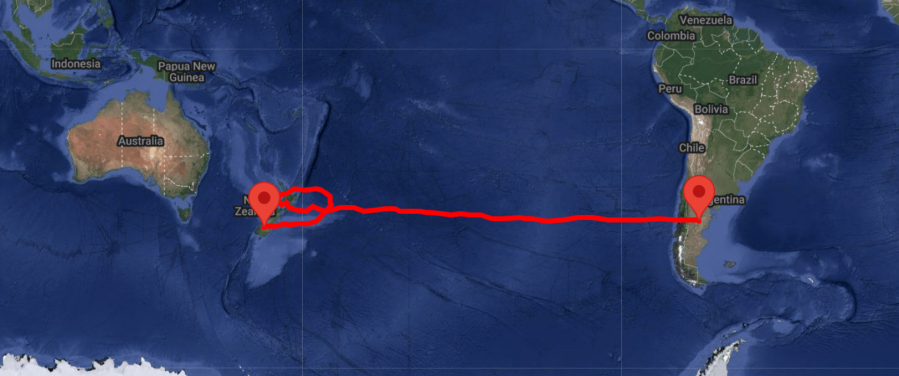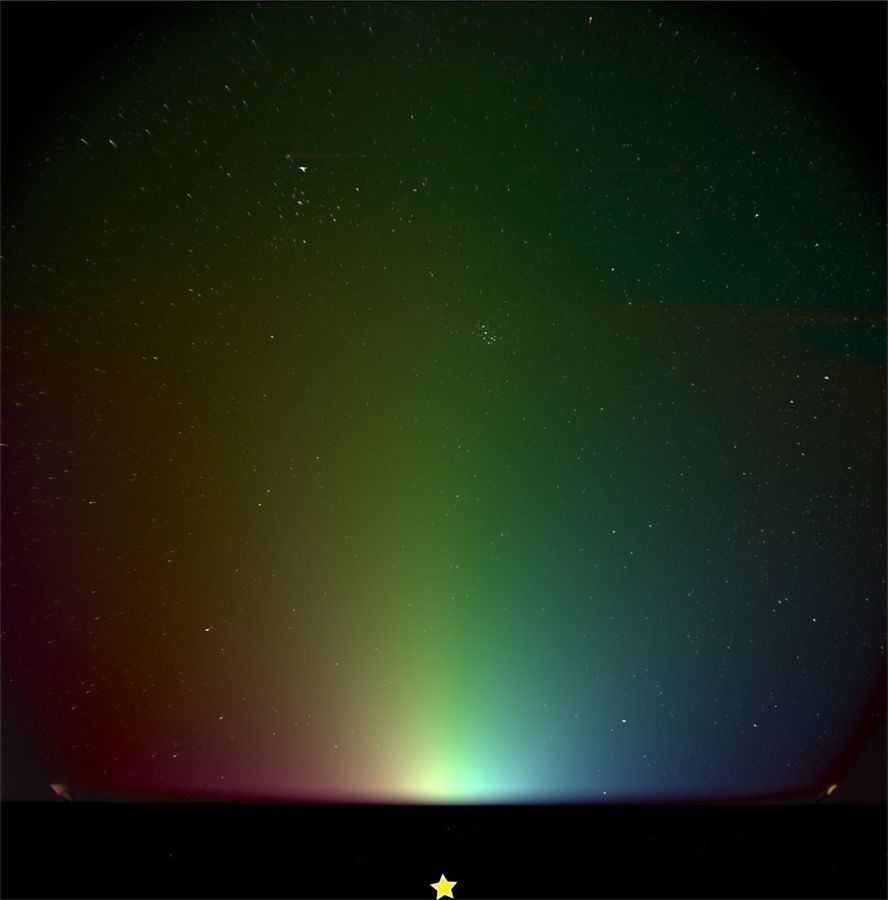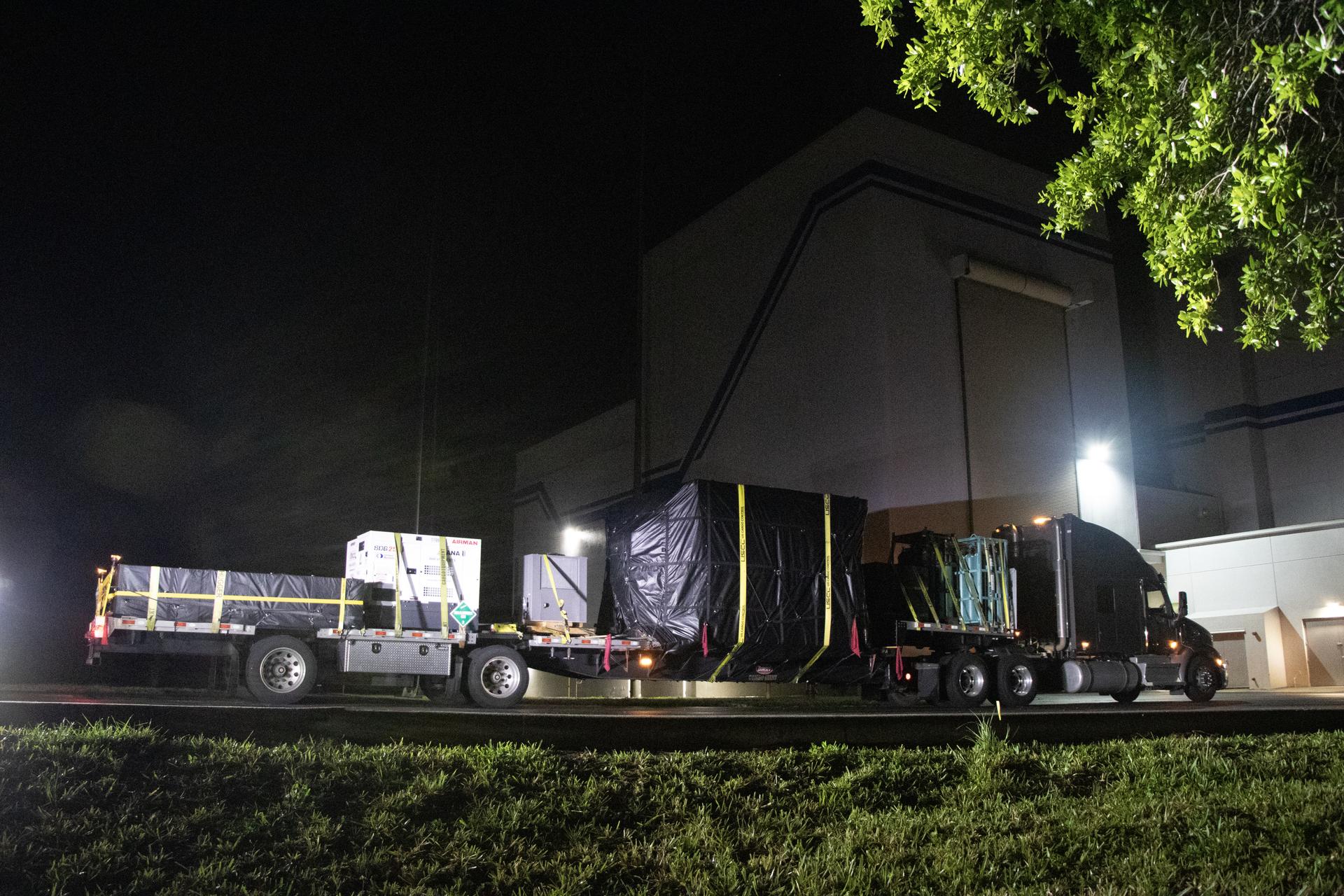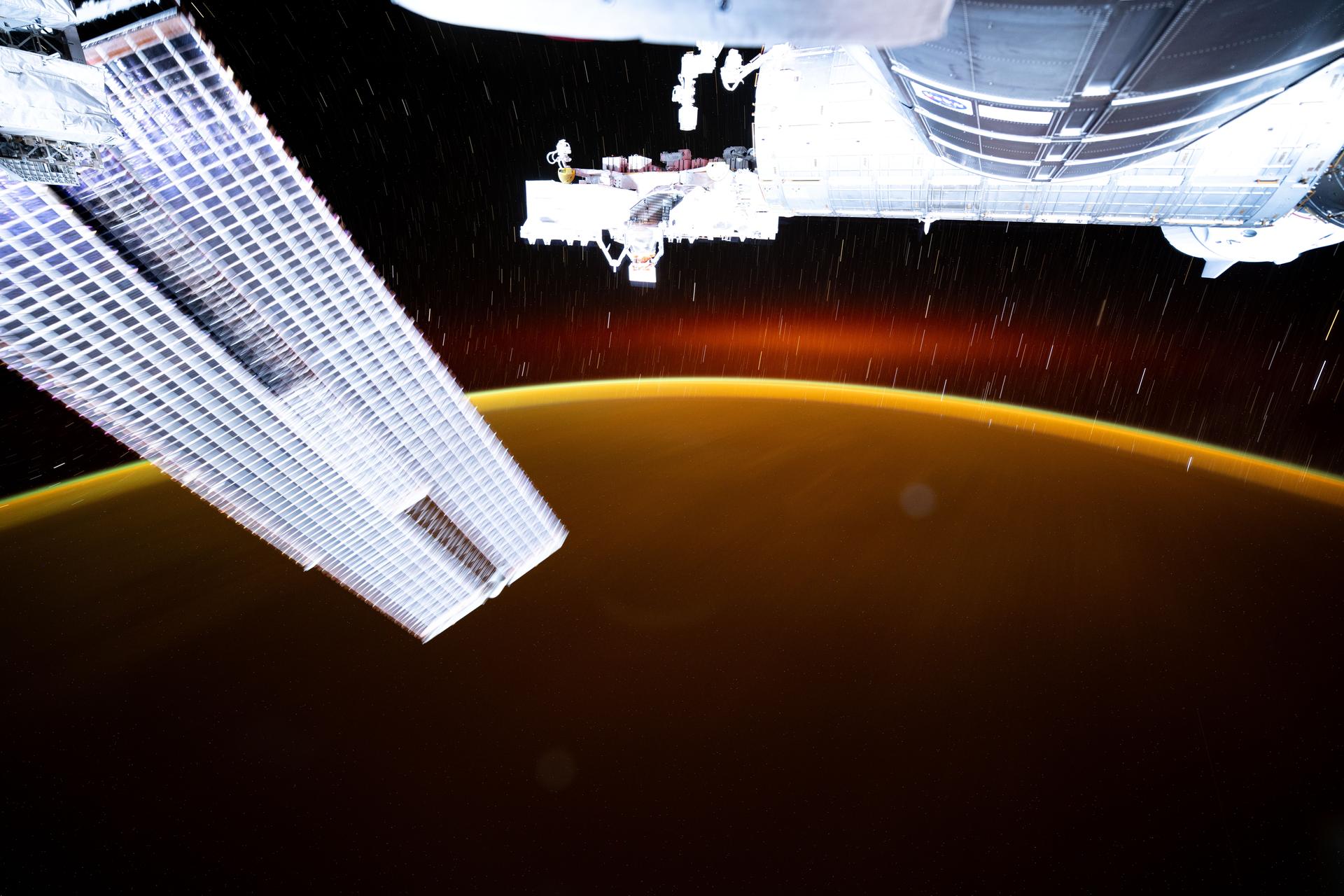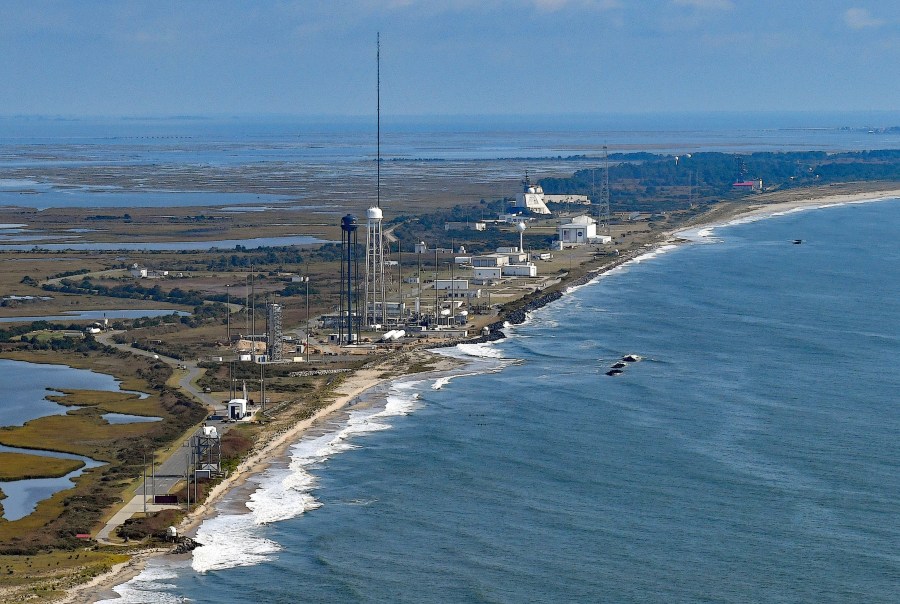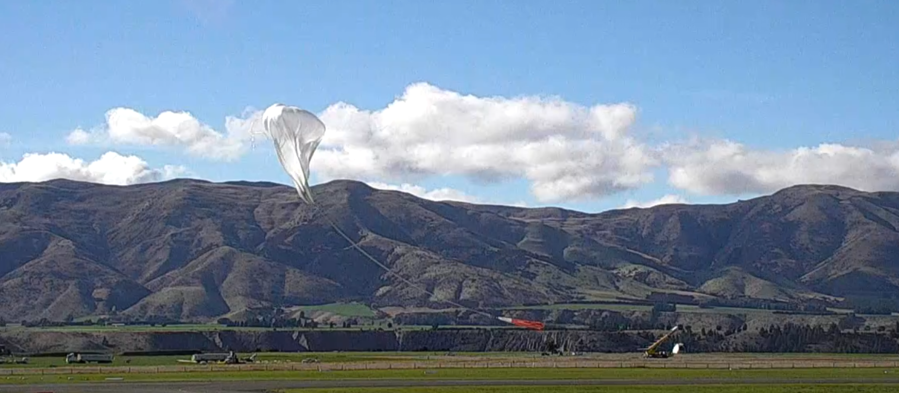NASA and the Saudi Space Agency have signed an agreement for a CubeSat to fly on NASA’s Artemis II test flight. President Donald J. Trump, alongside His Royal Highness Crown Prince Mohammed bin Salman, announced the agreement Tuesday in Riyadh as part of an ongoing trip to Saudi Arabia. The Saudi Space Agency’s CubeSat will measure aspects […]
NASA to Fly Saudi Arabia CubeSat Aboard Artemis II Test Flight
